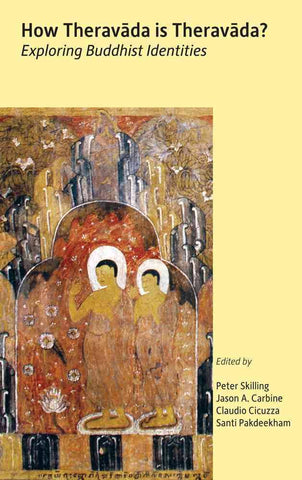
How Theravada Is Theravada?: Exploring Buddhist Identities
Our understanding of the history of Buddhism in Southeast Asia has often been oversimplified, biased, or vague. The twelve innovative essays presented here shed new light on terms such as sthavira, theravada, theriya, or theravasa, each of which may carry a variety of meanings and connotations. Some of the contributors reconsider known data to present new and challenging perspectives on the complicated history of the Mahavihara and Abhayagiri schools in Sri Lanka, or the Indian historiographical tradition on the formation of Buddhist orders/schools (nikaya/acariyavada). Others stress the central role of lineages and their transmission, as well as the dynamic impulse that this problematic provokes in terms of long-distance exchanges.
Topical inquiries based on epigraphical material reveal the force of institutional practices, or invite scholars to analyze the textual traditions of Southeast Asia more deeply, particularly its "transitive" mode of translation. Essays range across Buddhism in early Lanka, in Burma during the Pagan and Dhammachedi periods, in nineteenth-century Cambodia, and in Thailand from the late eighteenth- to early twentieth-centuries.
Topical inquiries based on epigraphical material reveal the force of institutional practices, or invite scholars to analyze the textual traditions of Southeast Asia more deeply, particularly its "transitive" mode of translation. Essays range across Buddhism in early Lanka, in Burma during the Pagan and Dhammachedi periods, in nineteenth-century Cambodia, and in Thailand from the late eighteenth- to early twentieth-centuries.
